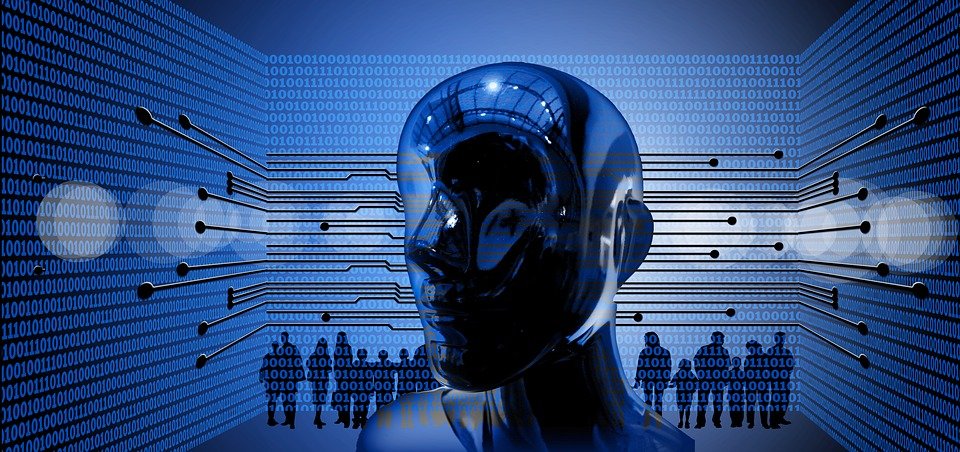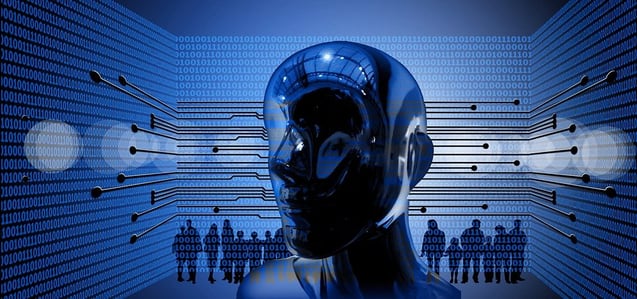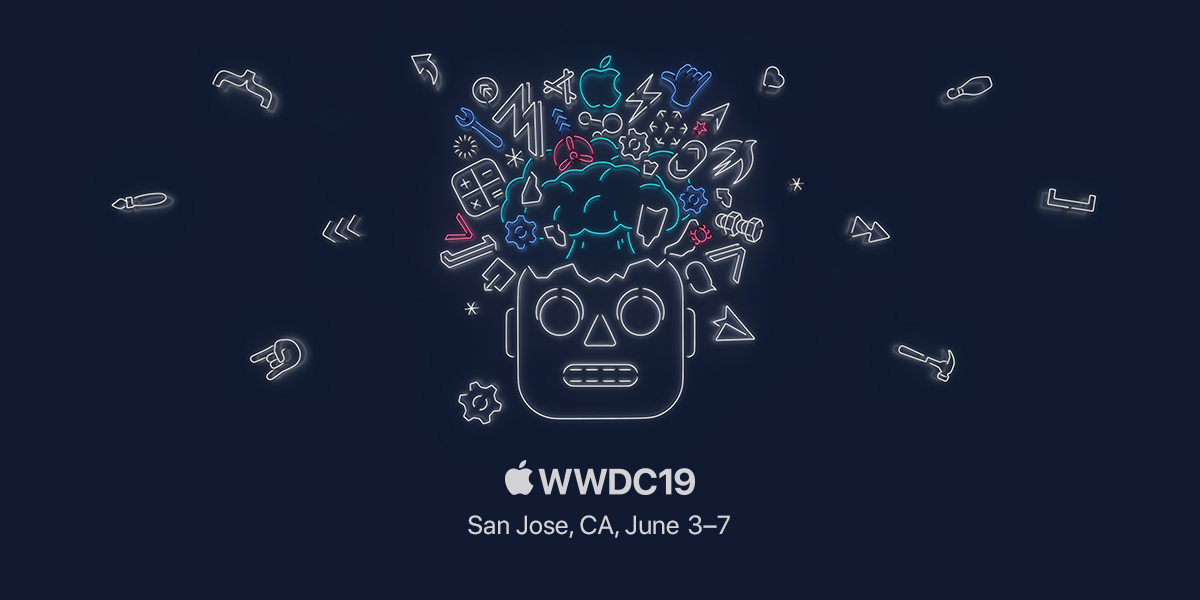

Artificial Intelligence (AI), also known as machine learning is the intelligence displayed by the machines. The application of Artificial Intelligence (AI) has relatively increased with time. The applications of AI have relatively increased with time. Through AI, the machines learn and understand their surroundings. After being exposed to various examples, these machines apply the cases to real-time problems.
Artificial Intelligence helps the machine to make decisions. In some cases, they come to a conclusion based on the instructions set into them by humans. In other cases, it is after the machine goes through similar situations then it understands the best and worst cases. After analysis, the machine allocates weight to the parameters which are more preferable, to achieve the output. The next time the machine comes across a similar situation it then uses the best case method to get the required result.
The ability of AI to perceive and apply cases on its own makes it more reliable. It makes the machines more user-friendly and dependable. AI is used for applications varying from small scale to large scale. Speech recognition, face recognition, virtual reality, image processing are a few of the applications.
Robotic Process Automation (RPA) and Artificial Intelligence (AI) are often misunderstood to be the same but they are not in any form. They differ completely but complement each other to work on various tasks.
RPA is a system working on the only process that it has learned. It keeps on doing the repetitive tasks. Those tasks are rather simple to work on and do not require human assistance. Whereas, AI is the intelligence exhibited by the machines. It is the way the machine applies whatever it comes across.
Robotic Process Automation (RPA) is similar to automation but varies in the way it functions. Automation or automatic control is performing a task with minimum human interaction. The machines function by following the instructions provided to them as input. They function on the same tasks repeatedly. The task may be of filling the input or handling operations of a machine. Whereas, RPA instead of being fed with input, it itself learns the process by observing human actions.
Works that are performed in the user interface can be done by RPA. It can fill in the details and understand buttons to perform the action. These being simple tasks, are done by RPA to save the time of the workers. Robotic Process Automation captures data, makes the functions take place and activates responses. It is flexible enough to be used to complete simple tasks as well as complicated tasks.
RPA works in a way that humans cannot, which makes it preferable.
Here are few starter points which represent RPA can do it better:
- Any possibility of human error can be eliminated.
- It can work continuously without any breaks, whereas any human requires rest.
- The machines with RPA follow the instructions that are provided to them. There is no chance of any limitation or restriction to work which can be observed with humans.
- The machines record data in a more detailed manner.
- Machines work faster which decreases the amount of time required to complete the task.
RPA is classified into two types. The first one being programmable bots. The set of rules are defined in advance to these bots. They work by following the instructions mentioned to them. They work on the task by following each step that is notified to them. Hence, this makes the process lengthy and slow.
Machines which have both RPA and AI involved are called intelligent bots. Even though performing tasks is possible by RPA, it cannot learn openly from the actions. This is why Artificial Intelligence is combined with RPA. These intelligent bots can analyze the data by themselves. They observe all the actions that are performed and when enough data has been stored they perform the tasks independently. Though the technology right now is efficient, incorporating AI with RPA makes it much more effective. Several instances include:
1. Cognitive Document Automation (CDA)
It processes structured and unstructured content in business processes that involve the handling of large documents. An AI empowered RPA solution can prove increasingly efficient over time. With more documents being processed, the solution learns how to skillfully manage the variations independent of the channels through which the information is exchanged these can be electronic channels like email, web portals or physical papers. CDA produces with the highest accuracy, efficiency, and consistency.
2. Intelligent Screen Automation (ISA)
ISA utilizes artificial neural networks to analyze an image of a particular application. This is needed where applications are running on remote desktop environments and only information through images is available meaning there is no direct access to the application or any of its objects.
Where RPA and AI integrate
There are many situations that you may have come across where RPA and AI are used together to yield a satisfactory outcome. This helps in decreasing the human effort and mistakes.
These are the following integrations:
1. Robots are being used to showcase a more upgraded service. To improve the service, many restaurants and hotels are using robots. These robots respond to the customers and perform the tasks like serving and cleaning.
2. The data that was recorded previously in piles of papers and registers was too difficult to handle. Recording every detail was not possible. Searching up the required details was even more time taking. This has now been solved by the RPA which is surrounded by all the data stored in AI. Any detail required, is referred through different AI components and filled into the appointed window with the help of RPA.
RPA - AI solutions
In many industries, an average employee spends up to 80 percent of their day on performing repetitive tasks which don't require any creativity or deep thinking. These ordinary tasks are intended to be automated with the growth in technology.
Below are a few practical applications of RPA-AI:
1. Voice-activated assistants
A voice assistant is defined as a digital assistant that uses voice recognition, natural language processing (NLP), and speech synthesis to provide a service through an application. With Voice-activated assistants like Siri and Alexa being introduced, they have become popular among people. It has been observed that customers prefer artificial conversation entity or voice assistants over humans, to assist them with work. These bots can help with locations, payment, travel, and purchases. Interactive bots are available all the time and are quick. Hence, the demand for such voice-activated assistants has increased in the market.
2. Fraud detection
Robots can assist humans in performing time-consuming tasks like background investigations and fraud investigations while the employee can focus on customer satisfaction. Detection of any financial fraud can be made during transactions. All the data of every transaction is stored. The location, amount, transaction type- amount before a transaction and after the transaction is all loaded
3. Pharmaceutical industry
The business of pharmaceutical improvement and production is one of the most highly regulated industries in the world as it is defined by various complex processes. Any kind of miscalculation in the amount of chemical required in any medicine is dangerous. Humans can make errors with the manufacturing or the precise quantity that is required to prepare the medicine. Such mistakes can lead to loss of life or shutting down of the company. Hence, machines are preferred to do such work. They have a set calculated input for every parameter, which they follow. Hence, there is less room for any error to take place.
One of the major opportunities for vendors and service providers in RPA is the increasing rate of choice of process automation techniques in various industries. For example, the competition in the finance industry is growing rapidly and increasing the pressure on the existing firms of finance in the market. This is leading to the firms emphasizing more on the efficiency and less on the cost which leads to an increase in their business value.
Many other countries including India, Singapore, and China have started adopting process automation solutions to increase customer satisfaction and also make the process of investment, fund transfers, and payments easy and fast. Moreover, Information technology is witnessing a severe change in the process of work and growing as a huge opportunity. Though many enterprises in the industry have opted for RPA, it's time for them to adopt intelligence or machine learning as well to stay ahead in the competition.

Apple WWDC 2019: Important keynote announcements
"Apple makes the best products in the world," Cook said in reference to everything announced in recent months, from new MacBook (with keyboards that...


